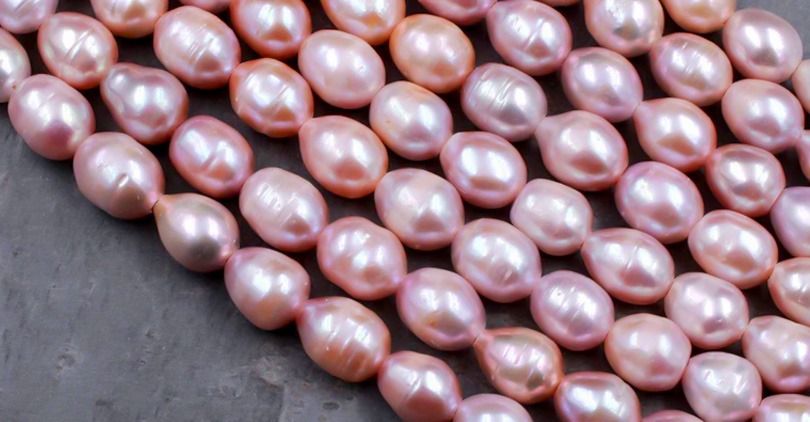When we think of elegance and beauty, pearls often come to mind. These lustrous gems have captivated hearts for centuries, symbolizing purity, wisdom, and wealth. But what lies beneath their shimmering surface? Let’s explore how pearls are formed, their journey from the ocean to our jewelry boxes, and why they are cherished across the globe.
How Oysters Create These Gems
Pearls originate from oysters, those unassuming creatures found in the depths of the ocean. When a foreign substance, such as a grain of sand or a parasite, enters the oyster’s shell, it triggers a defensive response. The oyster secretes layers of a substance called nacre (pronounced “nay-ker“) around the irritant. Over time, these layers build up, forming a beautiful pearl.
How Are Pearls Harvested Without Harm?
Sustainable pearl farming practices focus on ensuring the well-being of the oysters while still allowing us to enjoy these natural wonders. Farmers carefully open the oysters to retrieve the pearls without harming them. In many cases, they can be returned to the water to produce more pearls, promoting a cycle of sustainability. This method not only protects marine life but also supports local communities reliant on pearl harvesting.
Why Are Pearls So Expensive?
Several factors contribute to the high price of pearls:
- Natural Formation: The longer it takes for a pearl to form, the more valuable it becomes. Natural pearls, which form without human intervention, are particularly rare and sought after.
- Quality: Factors such as luster, size, shape, and surface quality play a crucial role in determining a pearl’s value. High-quality pearls with perfect symmetry and a smooth surface are rare.
- Origin: Some regions, like the waters of the South Sea and Tahitian islands, are renowned for producing exquisite pearls, increasing their desirability and price.
The Most Expensive Pearls
When it comes to pearls, some truly stand out for their rarity and cost. Here are a few of the most expensive pearls ever sold:
The Pearl of Lao Tzu: Valued at around $14 million, this natural pearl is considered one of the largest in the world, weighing 14 ounces. Its history dates back to the 13th century and is linked to a legendary story of discovery.

The La Peregrina Pearl: This historical pearl, shaped like a teardrop, was once owned by Spanish royalty and later by Hollywood icon Elizabeth Taylor. It sold for $11.8 million at auction in 2011.

The Pink Pearl Necklace: In 2019, a necklace featuring 18 rare pink pearls sold for $9 million at auction. Pink pearls are incredibly rare, making this necklace a unique treasure.

The Allure of Pearls: What Makes Them Special?
Pearls hold a unique charm that sets them apart from other gemstones. Their organic origin and soft, glowing appearance make them incredibly versatile. Whether worn as elegant necklaces, earrings, or rings, pearls can elevate any outfit, from casual to formal. Additionally, they carry a timeless appeal that transcends trends, making them cherished heirlooms for generations.
Types of Pearls: A World of Diversity
Not all pearls are created equal. Here are a few different types to explore:
- Akoya Pearls: Known for their classic round shape and reflective luster, Akoya pearls are often found in white or cream colors.
- Freshwater Pearls: These pearls are cultivated in freshwater lakes and come in various shapes and colors, offering a unique and affordable option.
- South Sea Pearls: These large, luxurious pearls are renowned for their silky texture and are typically found in shades of gold and white.
- Tahitian Pearls: Often referred to as “black pearls,” Tahitian pearls are famous for their exotic colors, including green, blue, and purple hues.
From their fascinating formation process to their diverse types and cultural significance, pearls are more than just beautiful gems. They represent the ocean’s mystery and the art of nature.








